Cryotherapy, or cold therapy, is a treatment that uses extreme cold to help with health issues like muscle recovery and skin conditions. While it's traditionally done in spas or clinics, many are curious if it can be brought into the home for convenience and cost savings. This article explores whether cryotherapy at home is feasible, what options are available, and what you need to consider to keep it safe and effective.
Types of Cryotherapy for Home Use
Cryotherapy at home can be divided into local and whole-body methods, each with different levels of complexity and cost.
- Local Cryotherapy - this includes simple methods like ice packs for sprains or ice baths for muscle recovery, which are easy to set up at home. Advanced local cryotherapy machines, using cooling agents like liquid nitrogen, offer more targeted treatment but require careful handling.
- Whole-Body Cryotherapy - this involves standing in a chamber with temperatures as low as -150°C for a few minutes. At home, this requires installing a cryotherapy chamber, which can be liquid nitrogen-based or electric, each with its own pros and cons.
Benefits and Risks
Research suggests cryotherapy can help with pain relief, reduce inflammation, and speed up recovery, which is great for athletes or those with chronic pain. However, risks include potential frostbite, especially with liquid nitrogen, and it's not suitable for everyone—people with heart conditions or pregnancy should avoid it. Always consult a healthcare professional before starting.
Feasibility and Recommendations
For local cryotherapy, starting with ice packs or baths is a low-cost, low-risk option. For whole-body cryotherapy, it's possible at home but involves high costs (tens of thousands for chambers), space requirements (at least 6 square meters and 230 cm ceiling height), and safety training. It might be better to visit a professional setting if you're unsure about managing these aspects.
Detailed Exploration of Cryotherapy at Home
Cryotherapy, a therapy leveraging extreme cold for health benefits, has gained popularity for its potential in pain relief, muscle recovery, and skin rejuvenation. The question of whether it can be performed at home is increasingly relevant, especially for those seeking to enhance their self-care routines without frequent visits to professional facilities. This section provides a comprehensive analysis, drawing from extensive research to ensure a thorough understanding for readers interested in maintaining their appearance and health.
Understanding Cryotherapy
Cryotherapy, also known as cold therapy, involves exposing the body to very low temperatures to achieve therapeutic effects. It encompasses two primary forms: local cryotherapy, targeting specific areas, and whole-body cryotherapy (WBC), affecting the entire body. Local methods, such as ice packs or ice baths, are familiar and widely used for conditions like sprains or post-exercise recovery. Whole-body cryotherapy, however, involves standing in a chamber or enclosure with temperatures often reaching -100°C to -150°C for 2 to 4 minutes, typically found in medical or spa settings.
The relevance of cryotherapy at home lies in its potential convenience and cost-effectiveness over time, appealing to those looking to integrate advanced self-care into their daily lives. However, the feasibility depends on the type of cryotherapy and the resources available, which we will explore in detail.
Types of Cryotherapy Suitable for Home Use
Cryotherapy at home can be categorized into local and whole-body options, each with distinct considerations for implementation.
Local Cryotherapy
Local cryotherapy focuses on specific body parts and is more accessible for home use due to its simplicity and lower cost.
Basic Methods:
- Ice Packs - these are the most common form, readily available for minor injuries or inflammation reduction. They're easy to use, requiring no special equipment beyond a freezer.
- Ice Baths - involving submerging parts of the body in ice water, ice baths are popular among athletes for muscle recovery and reducing inflammation. They require a tub and ice, making them feasible for home use with minimal setup.
Advanced Methods:
- Local cryotherapy machines use cooling agents like liquid nitrogen to deliver precise, intense cold to targeted areas. These machines are more effective than ice packs for conditions like pain relief or skin treatments but come with higher costs and require careful handling, especially with liquid nitrogen, due to safety risks like frostbite. They are compact, making them suitable for home use, but users must ensure proper training and maintenance.
Research from Medical News Today highlights that localized cryotherapy can be well-tolerated and is often recommended for specific conditions, though advanced machines may need professional guidance for optimal use.
Whole-Body Cryotherapy
Whole-body cryotherapy at home involves installing a cryotherapy chamber, a more complex and costly endeavor. These chambers can be powered by liquid nitrogen or electricity, each with distinct characteristics.
- Liquid Nitrogen Chambers - these use liquid nitrogen to cool the air, reaching very low temperatures quickly. They are generally more cost-effective initially, with prices ranging from €20,000 to €70,000, but require regular liquid nitrogen deliveries, adding to ongoing costs and logistical challenges. Safety is a concern, as liquid nitrogen can cause burns or asphyxiation if not handled correctly, necessitating robust ventilation systems.
- Electric Chambers - these rely on refrigeration systems, offering a safer alternative without liquid nitrogen, with lower ongoing costs but higher upfront costs, starting around €65,000 and reaching up to €270,000. They might not reach as low temperatures as liquid nitrogen chambers, potentially affecting efficacy for some users.
Setting up a whole-body cryotherapy chamber at home requires significant space and infrastructure. Research indicates a minimum floor space of about 6 square meters, with a ceiling height of at least 230 cm, and a solid floor (concrete or tiled) to support the weight, which can range from 250 kg to over 1000 kg Cryomed Blog. Ventilation is crucial for liquid nitrogen chambers to manage nitrogen vapors, and users need training for safe operation, often provided by manufacturers.
Benefits of Cryotherapy
The potential benefits of cryotherapy make it an attractive option for home use, particularly for those focused on health and appearance maintenance. Research suggests several advantages, supported by scientific studies:
- Pain Relief - cold temperatures can numb pain, reducing the need for medication, beneficial for conditions like arthritis or sports injuries Mayo Clinic Press.
- Inflammation Reduction - cryotherapy helps reduce swelling and inflammation, useful for athletes or those with inflammatory conditions, with studies showing positive impacts on muscular inflammatory markers PMC.
- Improved Recovery - it speeds up recovery after workouts or injuries by reducing muscle damage and promoting healing, with evidence from small studies indicating benefits in post-exercise recovery Healthline.
- Skin Rejuvenation - some forms, particularly localized, are used for skin treatments like reducing wrinkles or treating conditions like warts, with high clearance rates reported DermNet NZ.
- Mood Enhancement - there's preliminary evidence that cryotherapy can improve mood and reduce depression symptoms, potentially due to increased circulating BDNF levels ScienceDirect.
However, the evidence is not conclusive for all claims, and further research is needed, especially for long-term effects and efficacy in larger populations.
Risks and Considerations for Home Use
While cryotherapy offers benefits, there are significant risks, particularly when performed at home without professional supervision.
- Safety with Liquid Nitrogen - liquid nitrogen is extremely cold and can cause burns, frostbite, or asphyxiation if it displaces oxygen in a confined space. Proper handling and storage are crucial, with ventilation systems required to manage nitrogen vapors Physiopedia.
- Proper Usage - users need training to use equipment correctly, avoiding injuries. This is especially important for whole-body chambers, where improper use can lead to severe adverse events.
- Health Contraindications - certain conditions make cryotherapy unsuitable, including pregnancy, severe hypertension (BP> 180/100), recent myocardial infarction, unstable angina, arrhythmia, cardiac pacemaker, peripheral arterial occlusive disease, venous thrombosis, acute or recent cerebrovascular accident, uncontrolled seizures, Raynaud’s Syndrome, fever, tumor disease, symptomatic lung disorders, bleeding disorders, severe anemia, infection, cold allergy, and acute kidney or urinary tract diseases Carbon World Health. Consulting a healthcare professional is essential before starting.
Maintenance and upkeep are also critical, with cryotherapy machines requiring regular checks to ensure safe and effective operation, adding to the home user's responsibilities.
Comparison: Home vs. Professional Setting
Comparing cryotherapy at home versus in a professional setting highlights key differences.
Advantages of Home Cryotherapy:
- Convenience - access whenever needed, without scheduling, fitting into busy lifestyles.
- Cost Savings - over time, owning equipment might be cheaper than paying for sessions, which can cost per session at clinics.
- Privacy - some prefer the privacy of home for treatments, avoiding public settings.
Disadvantages of Home Cryotherapy:
- Initial Cost - high, especially for whole-body chambers, with prices ranging from tens to hundreds of thousands, depending on type and features.
- Maintenance - users are responsible for upkeep, which can be time-consuming and costly, requiring regular maintenance and potential repairs.
- Safety - higher risk of improper use or accidents without professional supervision, particularly with liquid nitrogen chambers.
Professional Setting Advantages:
- Expert Supervision - trained professionals ensure safe and effective treatments, reducing risk.
- Regular Maintenance - facilities maintain equipment, ensuring reliability.
- Variety of Services - spas and clinics may offer complementary services, enhancing the experience.
Professional Setting Disadvantages:
- Inconvenience - requires scheduling and travel, less flexible for spontaneous use.
- Cost Over Time - can be more expensive long-term, with session costs adding up, especially for frequent use.
The decision depends on individual needs, budget, and willingness to manage home setup complexities. For those with limited space or budget, professional settings might be more practical, while committed users with resources might find home setups beneficial.
Cost and Space Considerations
Cost is a significant factor, with local cryotherapy machines starting at around $100, suitable for home use, while whole-body chambers range from €20,000 to over €270,000, reflecting the investment required Cryomed Blog. Space requirements for whole-body chambers include at least 6 square meters of floor space, a ceiling height of 230 cm, and a solid floor to support weights up to 1000 kg, with additional ventilation for liquid nitrogen models Cryomed Blog. These factors make whole-body cryotherapy at home a significant commitment, often more suited to those with dedicated home gyms or large spaces.
Conclusion and Recommendations
In conclusion, cryotherapy can be done at home, with local methods like ice packs and baths being the most accessible and low-risk, ideal for beginners. Advanced local machines offer more benefits but require careful handling. Whole-body cryotherapy at home is feasible with chambers, but involves high costs, space requirements, and safety training, making it more suitable for committed users with resources. Given the risks, especially with liquid nitrogen, and the need for professional guidance, starting with professional sessions to assess suitability is recommended. If opting for home use, ensure thorough research, follow safety guidelines, and consult healthcare professionals to mitigate risks and maximize benefits.
This detailed exploration aims to equip readers with the knowledge to make informed decisions about integrating cryotherapy into their self-care routines, balancing convenience with safety and efficacy.
The Electric pumice for skin renewal is your reliable assistant in skin care, which will help you achieve smoothness and youth. Turn routine procedures into fun and enjoy visible results after the first applications! You can buy this device at the best price in our store.
Key Points
- Research suggests cryotherapy can be done at home using simple methods like ice packs or advanced equipment like cryotherapy machines, but whole-body cryotherapy at home is complex and costly.
- It seems likely that local cryotherapy, such as ice baths, is more accessible and safer for home use, while whole-body cryotherapy requires significant space, safety measures, and professional training.
- The evidence leans toward cryotherapy offering benefits like pain relief and muscle recovery, but risks include frostbite and health contraindications, especially with liquid nitrogen use.

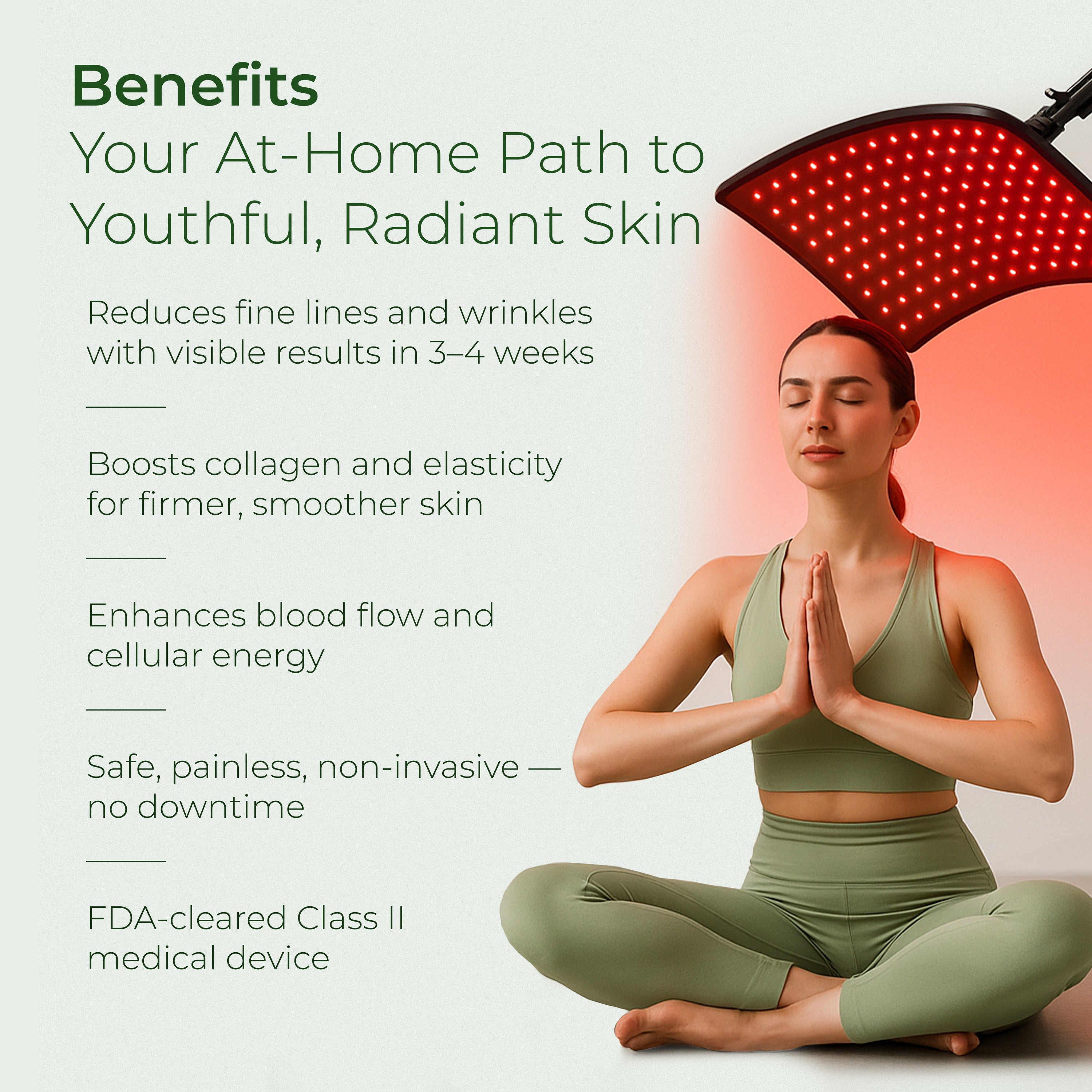
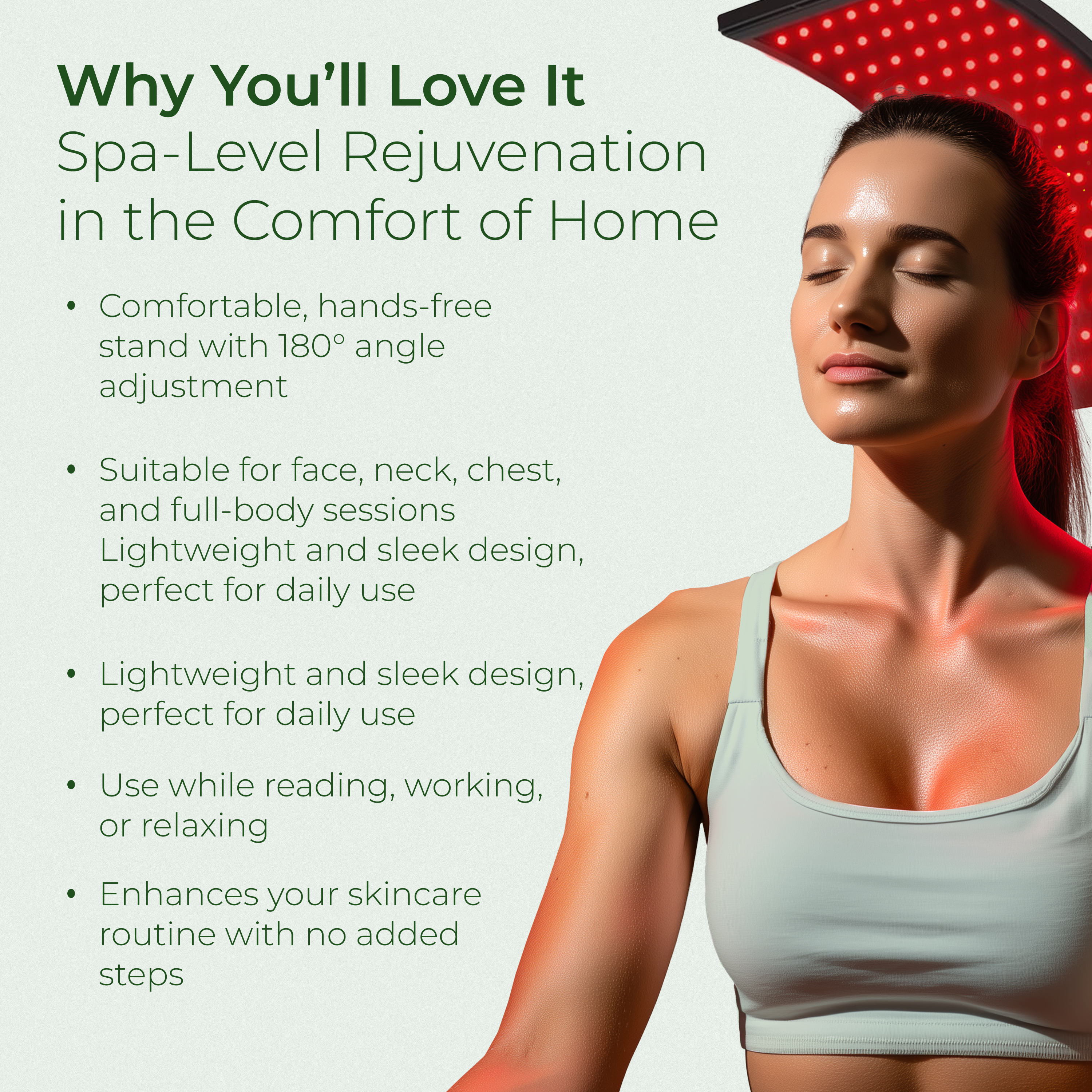

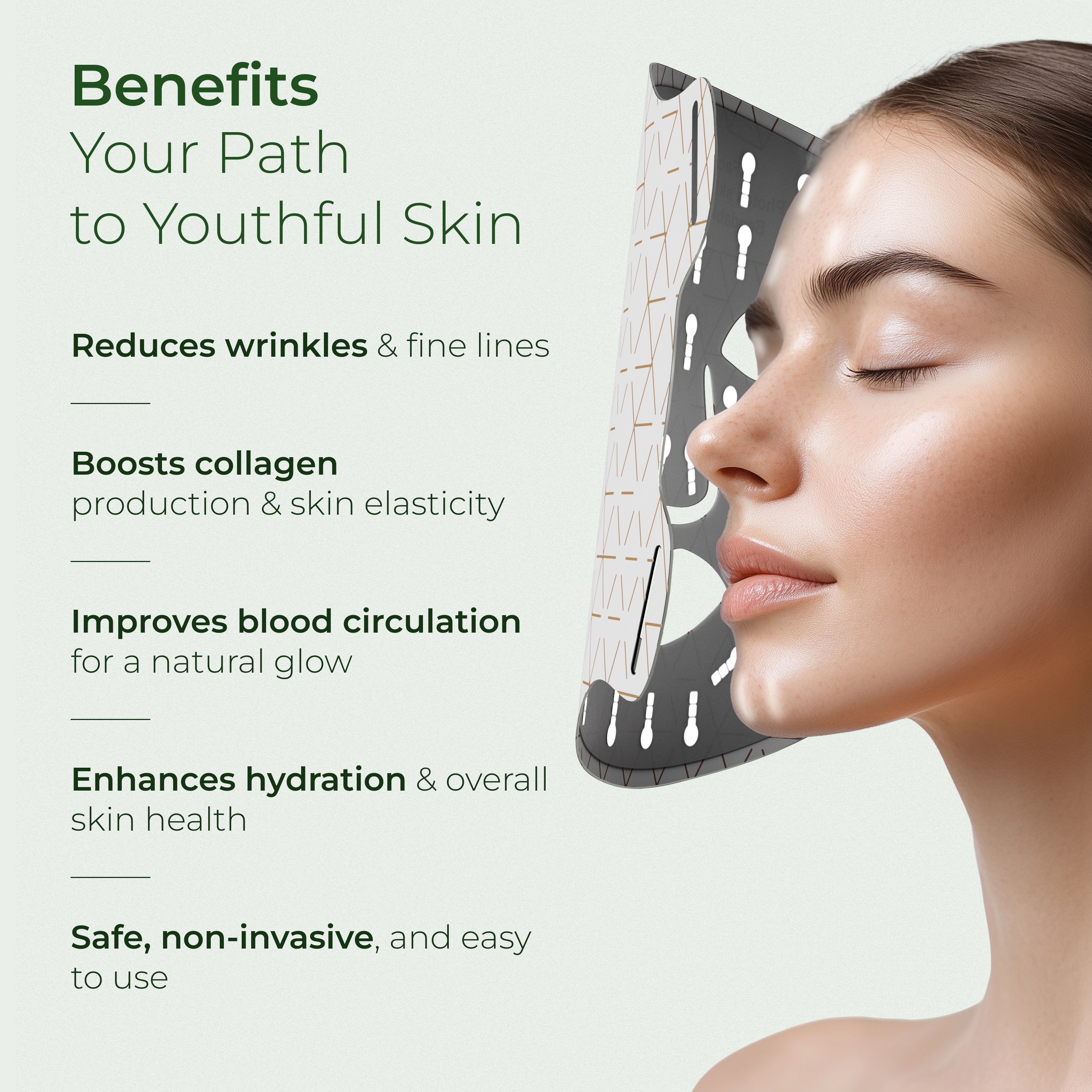


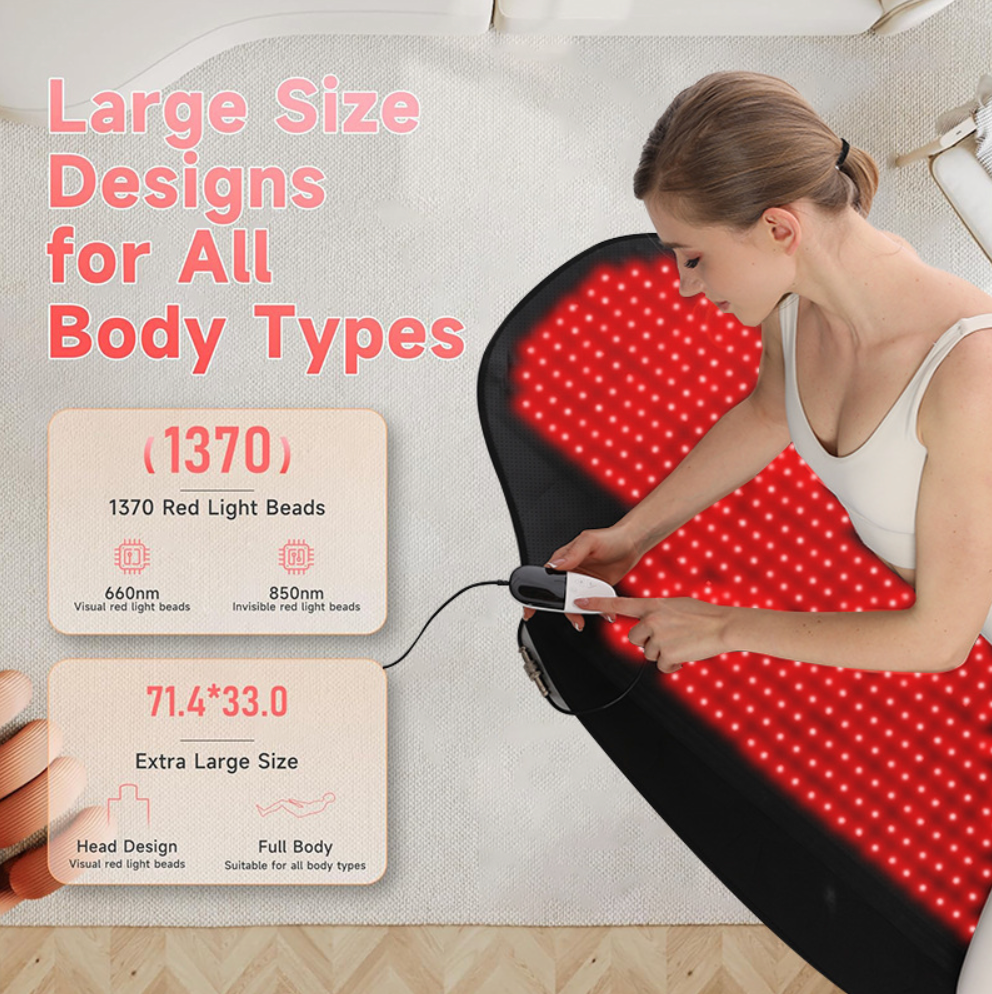
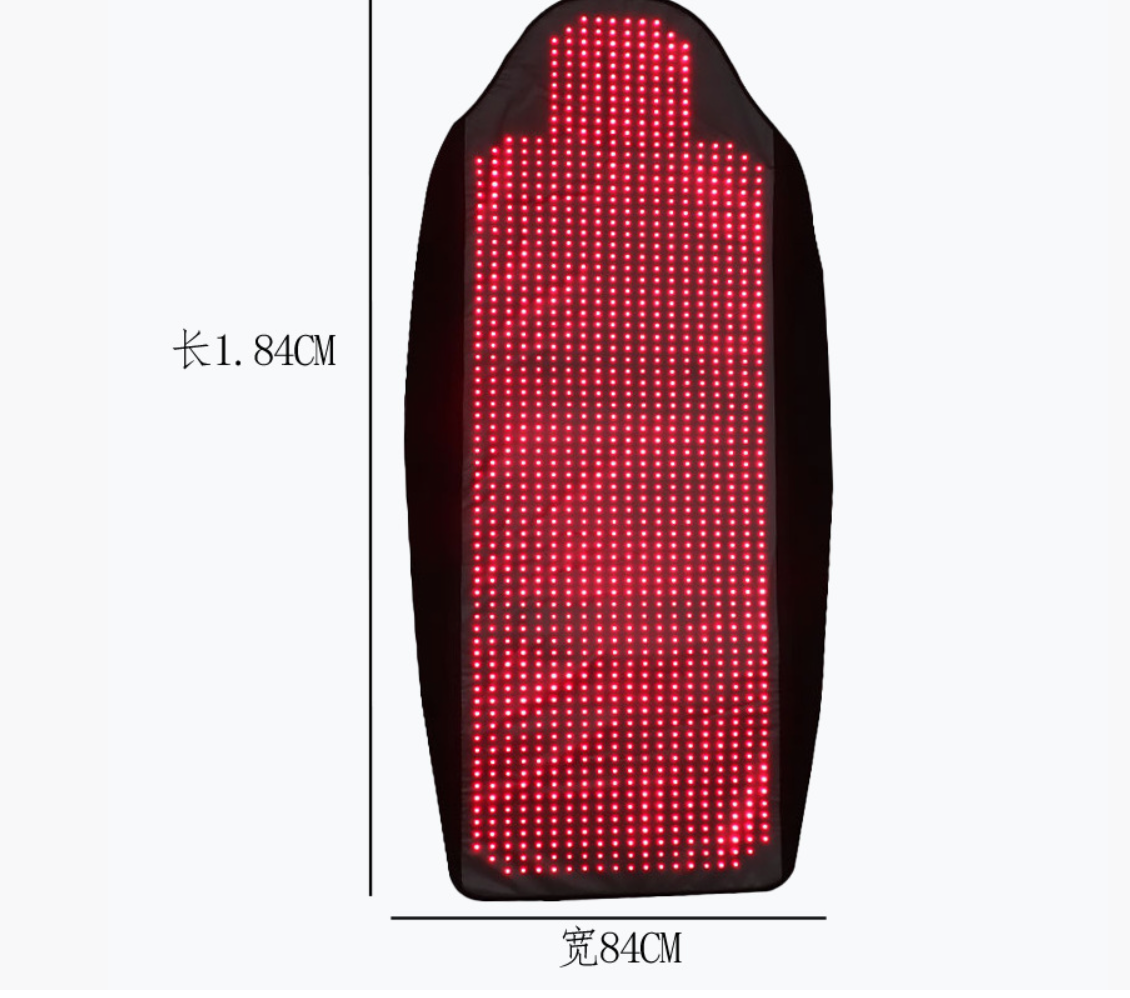
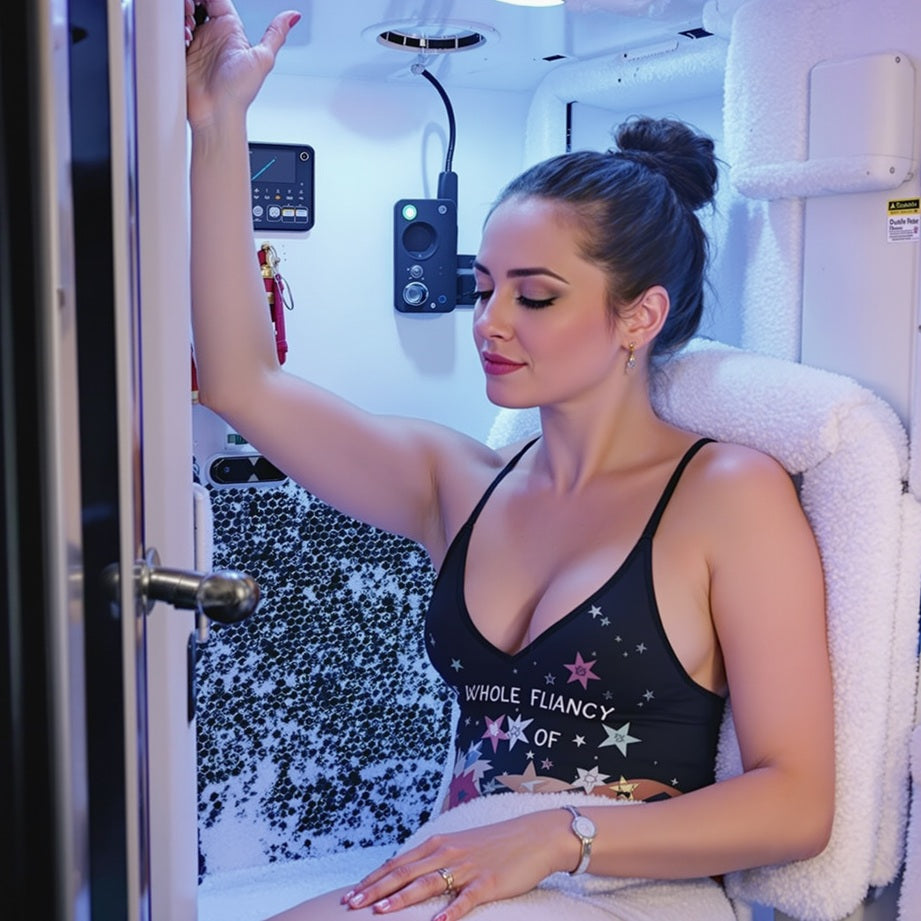

Deixe um comentário
Este site está protegido pela Política de privacidade da hCaptcha e da hCaptcha e aplicam-se os Termos de serviço das mesmas.